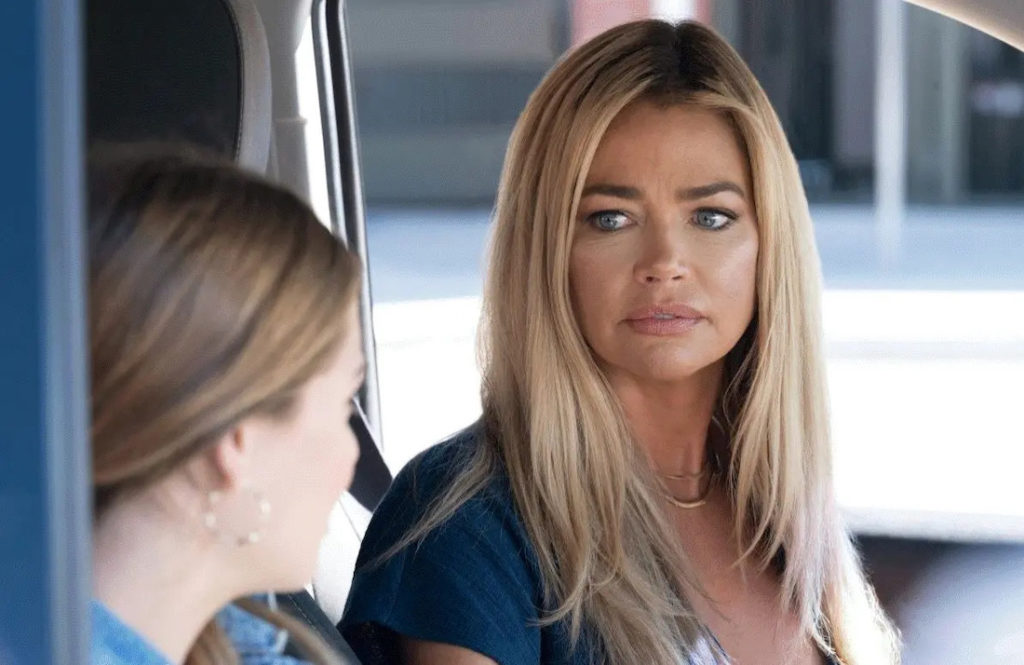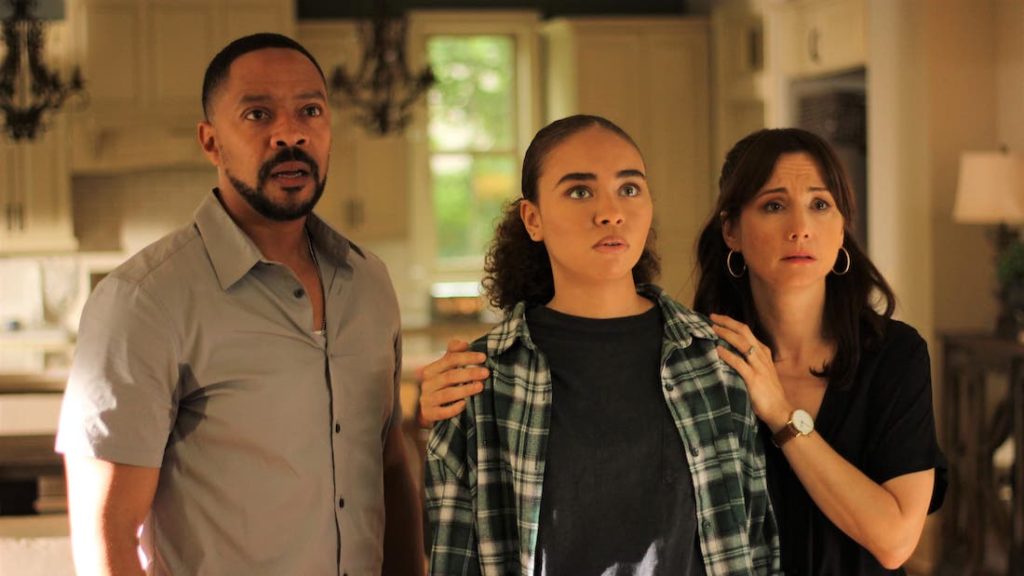
Made-For-TV Gen-Z movies…
With the rising cost of subscription services, I’ve recently decided to take a gander through my dad’s cable package to see what the old relic has left to offer. Even in the year 2022, one is hard-pressed to get a retiree to part with the channel-surfable, oldie-but-goodie reliability of a box or dish. And considering all the recent streaming service instability, it’s impossible not to wonder whether the elder generation is onto something.
But for anyone who is plugged into both Entertainment venues, a contrast in original feature offerings is highly noticeable. With broadcast TV and basic cable channels sharing very similar content standards, it’s hard to imagine one of these networks commissioning some of the edgier fare that pops up under the Original Content section of Netflix, Hulu, or Amazon Prime. This leads to a clear generational divide, placing streamers head-and-shoulders above cable with viewers under 55. However, research shows that even Boomers are starting to lean into a streaming preference.
So, how does basic cable respond to this slant? According to my observations, channels like Lifetime Movie Network have been taking a bottom-up approach by vying for Generation Z’s attention in particular. A recent block of brand new teen-centric content on LMN came as a bit of a shock, with cable being all-but-obsolete among the youth. But with the network’s rich history of iconic teen content, this could easily be a result of habit. Still, it’s worth taking a look at how made-for-TV accounts of the Gen-Z experience stack up against the youth’s overwhelmingly preferred venue of representation — original streaming content.
 Have a Great Pilot? Enter the Launch Pad TV Pilot Screenwriting Competition!
Have a Great Pilot? Enter the Launch Pad TV Pilot Screenwriting Competition!
Crossover Casting
LMN’s recent teen content frequently uses a model of mixing storylines based on high school students with the viewpoints of their parents, teachers, or other older characters. For example, 2021’s Killer Cheer Mom pairs the iconic Denise Richards with fresh newcomer Courtney Fulk as the leads. The story follows Fulk’s character RILEY, and her experience as the new girl at school going out for the cheerleading squad. Richards’ role as nefarious stepmother AMANDA is a clear shoutout to the network’s core viewership, who would absolutely be familiar with her decades-long career. With Richards’ place as the villain, she and Fulk are evenly matched in terms of narrative importance and screen time. And while the young heroine eventually prevails, solidifying her place as the center of the narrative, it’s safe to say that Richards is the star.

‘Killer Cheer Mom’
Another teen athlete thriller from this year, Psycho Sweet 16, utilizes the network’s template similarly by centralizing multiple adult characters opposite rising Gen-Z star Bailey Bass. The protagonist is Bass’s DYLAN, who moves in with her aunt and uncle after her mother’s substance abuse renders her unfit to care for her. As the central story unfolds around Dylan’s rivalry with the school sociopath, her aunt’s desire to salvage her high school experience and her mother’s recovery are woven into the narrative– giving the older ladies more to do in the story than we might expect.
Classic Storylines, Fresher Details
The “Woman in Peril” motif happens to be LMN’s bread and butter. This has often translated into the “Teenage Girl in Peril” framework that still comprises the bulk of the network’s youth-geared offerings. Cheer Mom and Sweet 16 definitively represent this subgenre. But something they achieve together is a pointed subversion of the trope that the perpetrator of this peril must be a man. In both of these stories, the villain is indeed another woman– attractive, charismatic, and deadly. This is an effective way of maintaining the thrilling sense of high stakes and danger in suspense stories about women and girls, without glorifying the systemic imbalance in specifically gendered violence. It also answers the Feminist viewer’s call for “messy, complicated” and downright “unlikeable” women characters to balance the media’s traditionally slanted portrayal of the human experience. To LMN’s credit, though, they’ve had the Femme Antagonist game on lock for some time.
These teen thriller offerings tend to lean Classic, with reliance on archetypes that most Gen-Zers don’t really subscribe to. I’m talking nods to the “jocks” vs. “geeks” vs. “preps” vs. “rebels” silos that have disappeared from the culture since comics are now ubiquitous and most schools can barely afford sports teams. But the creators know the one Gen-Z trait they can’t fudge is the generation’s relationship with technology. Whether it’s a tracking app or photo editing software, the post-digital age leaves its stamp on these plots as their most distinct modernizing factor.

‘Psycho Sweet 16’
Universal Language
Unlike most of what we can find on streaming platforms, this made-for-TV writing style keeps the dialogue somewhat timeless and generationally neutral. In an era where internet memes are more or less their own dialect, there’s a certain expectation to see them reflected authentically on screen. But LMN takes a more orthodox approach to language, whereas other networks might go the extra mile in freshening up character speech. The visual language used in these movies keeps a similar tone, with costumes and set design that more or less ignore a contemporary aesthetic curated by Pinterest and SHEIN. These design decisions, of course, mostly fall outside of the jurisdiction of the writing. But with the script coming first, it’s easy to see how a more generationally-neutral blueprint would lay the groundwork for a movie that mostly looks era-agnostic. This may move to serve the network in its tendency to resurrect and replay its older original titles– and may save these productions from feeling specifically dated in years to come.
Basic cable networks such as LMN likely aren’t holding their breath for Gen-Zers to come flocking in droves, even with the streaming upheavals. But building their perspective into the business model isn’t exactly a fool’s errand. These films exist in a unique intersection of acknowledging the youth while holding onto cable TV’s main viewership — the Boomers in their lives. Perhaps the goal isn’t so much competing with Fear Street, but rather, producing content that will encourage Gen-Zers to sit down and watch TV with Nana over holiday break instead of instantly reaching for the AirPods.
—


